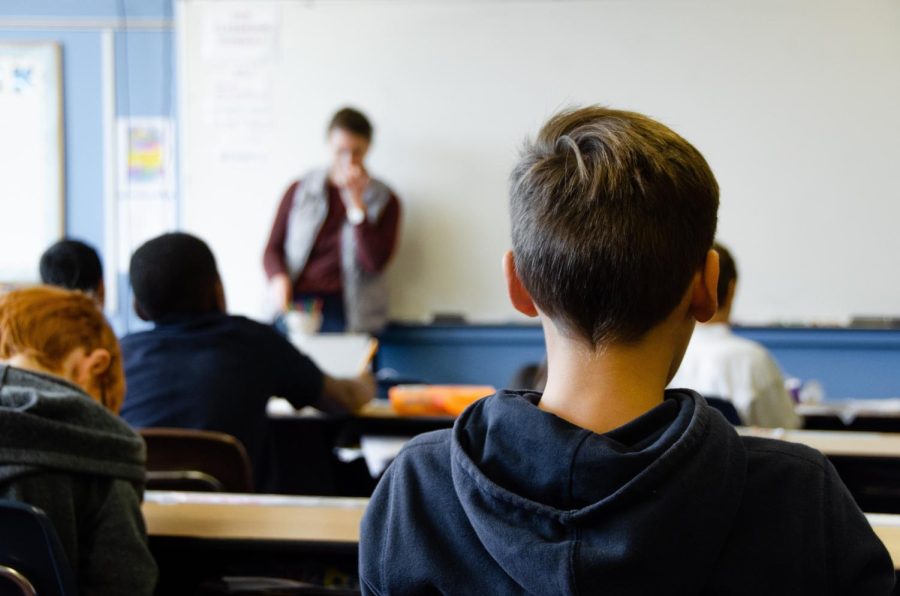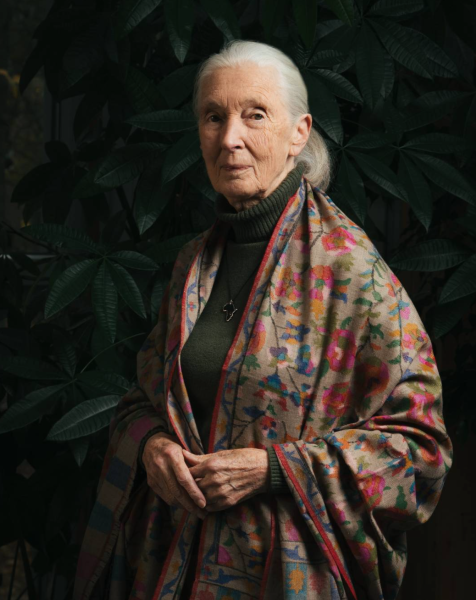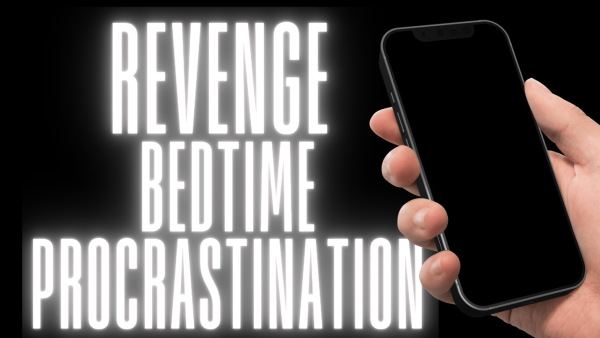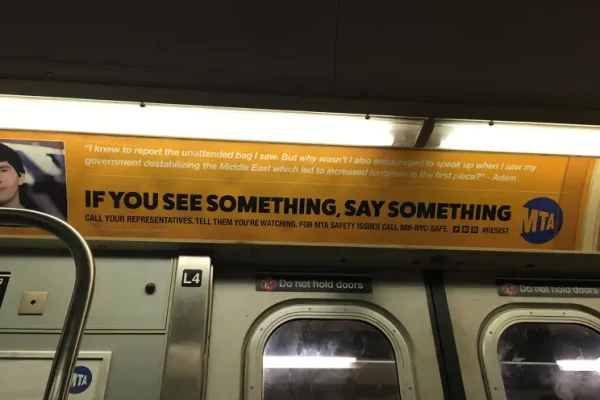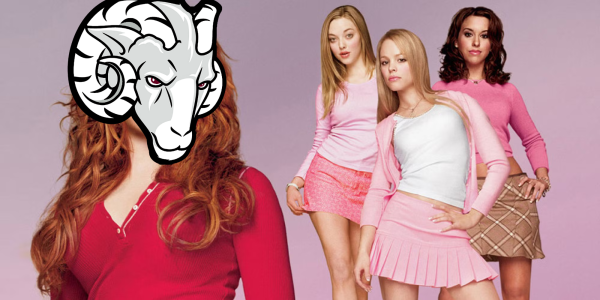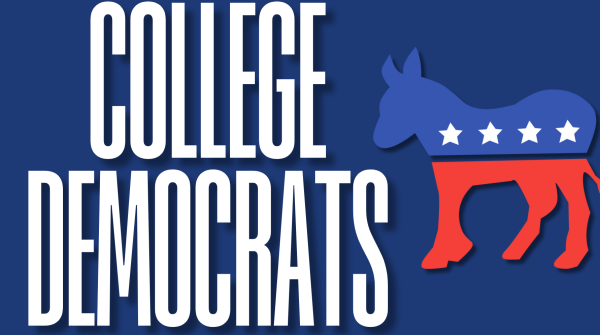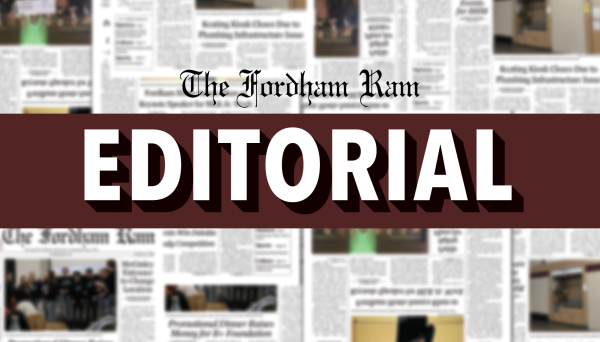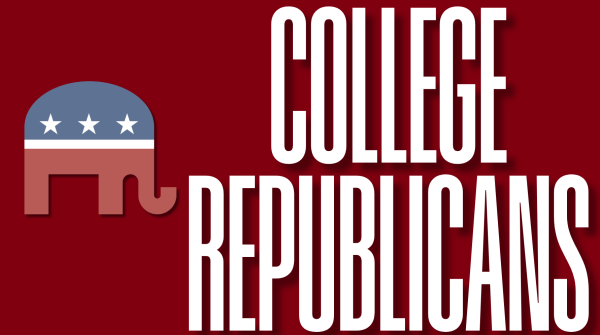Liberal Brainwashing and the Need for Left-leaning Teachings
College campuses are not centers of “liberal brainwashing” but of innovative thought. In fact, to improve our community, we should embrace even more leftist and liberal ideas, such as critical race theory, in educational environments.
Critical race theory is “a set of concepts seeking to explain the structural underpinnings of inequality and racism in the United States.” This theory has recently become prevalent in daily discussions and, subsequently, controversial. Many argue that the theory is necessary to combat racism in America and address our ugly past, a past that still affects people of color today. On the other hand, many Americans fear critical race theory blames white people for societal ills. This viewpoint, however, is a misrepresentation of critical race theory and its aims.
Critical race theory addresses the privilege that white people have had historically, and any discomfort the theory causes should not be taken personally. Instead, individuals should use Critical race theory to reflect on their beliefs and societal position. As stated by one New Hampshire teacher, “discomfort and dissonance often accompan[y] growth and learning; this is something I strive to normalize for my students.” Discomfort is necessary for growth and should not be used to discredit critical race theory.
Critical race theory is important in countering racism and other bigoted mindsets. Our methods of teaching slavery and race within public history classes are not uniform and often include problematic wording and assumptions. For example, North Carolina uses the term “immigration” to describe African American enslavement.
By implying that enslaved African Americans were like “immigrants,” these teachings grossly understate these enslaved peoples’ forced deportation to America.
Teaching methods like critical race theory are necessary. Encouraging students to address their prejudices could help prevent other systematic issues caused by blatant racism. For instance, issues like racism in the medical field could be addressed through doctors’ proper education on social and cultural topics. By incorporating liberal ideas within educational environments, students in scientific fields that often enforce racist, sexist and homophobic beliefs could better comprehend social issues.
Despite critical race theory’s obvious benefit to American education, it is still not largely taught. When the idea of critical race theory initially arose, there were intense fear mongering campaigns. The fear by mostly white Anglo-Saxon Americans over critical race theory grew to the point where a Texan bill passed limiting critical race theory in schools, despite its already small presence. While this rise may appear to be the result of a few bigoted beliefs run-wild, I would argue that it is consistent with a trend of anti-intellectualism in America.
Anti-intellectualism is fundamentally rooted in our Evangelical Protestant world.
Anti-intellectualism stems from our origin as a largely Protestant nation — a religion that emphasizes anti-rationalism. This background has caused years of distrust toward logical thought, as emphasized in historical controversies such as the Butler Act of 1925, which limited science-based evolutionary teachings. As such, it is not surprising that we continue to distrust educational institutions. In comparison to other nations, the American “Republican Party leans much farther right than most traditional conservative parties in Western Europe and Canada,” according to The New York Times. This trend continues despite college professors’ increasing bias towards leftist and liberal ideologies, with “liberal professors outnumber[ing] conservatives 12 to 1.” As academia leans toward leftist thought, it is important that we recognize our bias as a nation and do not immediately discredit leftist centers.
Even within our campus, there is work to do in order to create a more welcoming, inclusive and informed environment. While I am still only a first-year, I have already had many different experiences regarding our colleges’ accessibility to left-leaning ideology, and have not found Fordham to be a liberal school. I base this argument on the school’s treatment of left-leaning spaces and restrictive policies, and this conclusion came initially from Fordham’s treatment of Rodrigue’s Coffee House (Rod’s).
Within just a few weeks of my time here, the administration temporarily closed the coffee shop, a predominantly queer and artistic space, against the wishes of Rod’s members.
The university administration’s actions showed a general lack of respect toward one of the few left-leaning spaces on campus. In my eyes, the take-down of Rod’s art and then its extended time without coffee, when its purpose is to be a coffee shop, seemed to be a new administration’s need to exert influence over previously accepted and respected communities. This viewpoint of mine becomes reinforced when I regard Rod’s past, where it has been a generally untouched and respected community, with some of its artwork dating back to the 1980s. Once I even found a student ID from that time in Rod’s.
Along with this decision, Fordham University has an undoubtedly odd relationship with sex. For instance, Fordham policy states that “while personal possession of contraceptives, contraceptive devices and/or birth control, in any form, is not prohibited, distribution is prohibited on Fordham University property, using [school resources and at school-sponsored events.]”
The school’s limitation of contraceptive access directly increases the risk of pregnancy and unsafe sex. In these ways, Fordham fails as a welcoming space for left-leaning thought.
How can schools combat this disregard for left-leaning thought? Within our school’s policies, I would most definitely get rid of our odd treatment of sex on campus. I would also love to see the school become more accessible to people of color. Perhaps we could do this by hiring more faculty members of color or by increasing our effort to offer scholarships to underprivileged groups.
Regarding the big picture, we need to address fundamental structural inequalities. For instance, there are a lot of funding gaps within minority communities, with these communities receiving about “13% less per-student funding than other school districts.” In general, there are also not many positions of power given to educators of color, with around 80% of K-12 public school teachers being white. By slowly but surely addressing these inequities and providing a platform to underrepresented groups, we can create a fair and welcoming environment for all.
Sofika Levytsky, FCRH ’26, is undecided from Parsippany, N.J.





































































































































































































